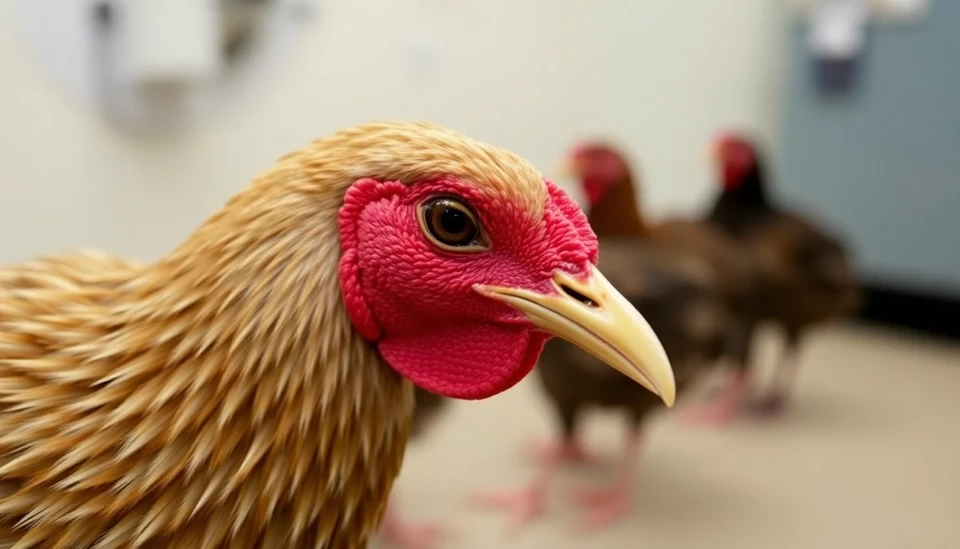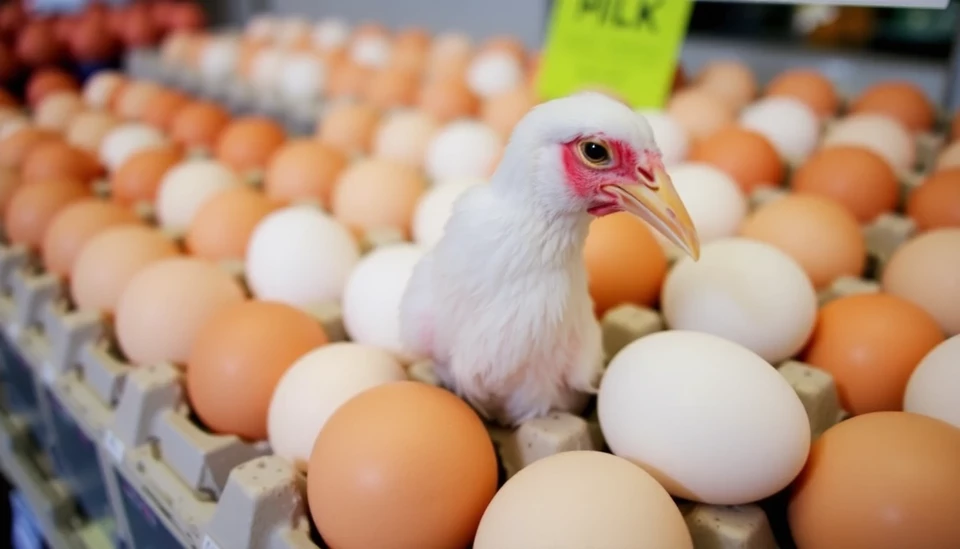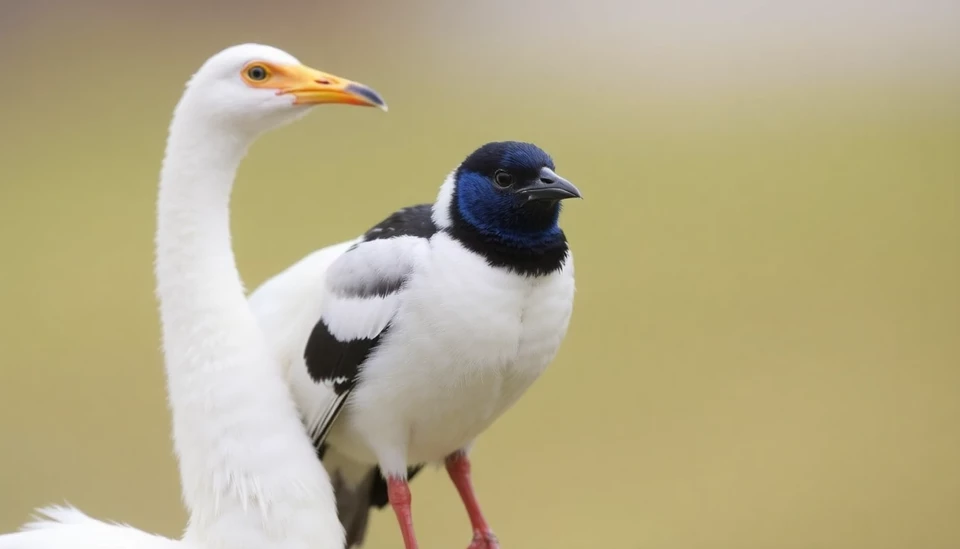
Recent reports have brought to light concerning findings related to the avian influenza virus. Signs of the virus have been detected in three veterinarians, stirring alarms about the potential broader spread of bird flu across the United States. These revelations come amidst ongoing efforts to monitor and contain the virus's impact on both animal populations and public health.
The presence of bird flu—specifically, the H5N1 strain—has been a significant concern for health authorities due to its capacity to mutate and infect mammals, raising the stakes for transmission to humans. The affected veterinarians, who are believed to have come into contact with infected animals, displayed signs that warrant further investigation and public health response.
In light of these discoveries, health officials are launching a thorough examination into how the virus may be circulating more widely than previously acknowledged. This news highlights the need for enhanced surveillance, especially in regions with high bird populations, where outbreaks have been noted consistently since the virus first emerged.
Veterinary professionals, as front-line workers in addressing animal health, face increased risks during outbreaks. As such, their health and safety are now being scrutinized closely to establish protocols that can minimize the risk of zoonotic transmission—the transfer of the virus from animals to humans. The findings underscore the importance of stringent biosecurity measures in veterinary practices, especially those treating birds or working in agricultural contexts.
The potential implications of this spread are significant, not only for animal health but also for food safety and public health. Health officials urge both the veterinary community and the public to remain vigilant and report any unusual symptoms in animals. Public awareness campaigns are expected to ramp up, aimed at educating people about the risks associated with bird flu and the measures that can be taken to prevent its spread.
With these developments, the situation surrounding bird flu remains fluid. Authorities are committed to rolling out extensive testing and monitoring programs to better understand the dynamics of this virus in the environment and its potential effects on human health. The response will likely involve collaboration among public health officials, veterinarians, and agricultural stakeholders to craft a comprehensive strategy aimed at controlling this emerging threat.
As the situation progresses, experts are emphasizing the need for ongoing research into bird flu, including finding effective treatments and vaccines for both animals and humans. The drive for funding and resources to support such initiatives is becoming more urgent as the potential for wider transmission raises alarm bells at multiple levels.
In summary, with multiple veterinarians now showing signs of infection, the potential for widespread avian influenza in the U.S. calls for immediate and robust action from health authorities. While the virus has mainly affected bird populations, this latest news suggests that humans may be at greater risk than previously thought, necessitating a proactive and coordinated public health response.
#BirdFlu #AvianInfluenza #VeterinaryHealth #PublicHealth #ZoonoticDiseases #USHealthResponse #Veterinarians #DiseaseOutbreaks #FluAwareness
Author: John Harris




